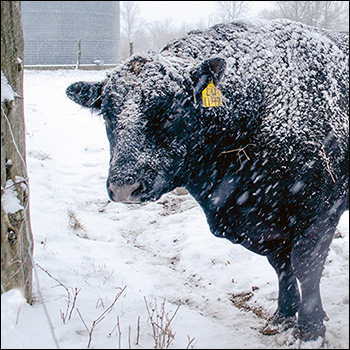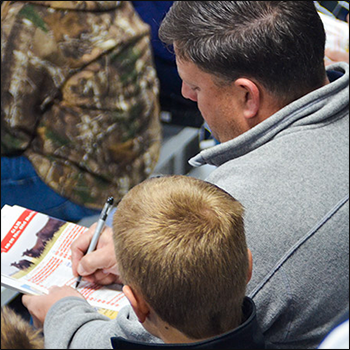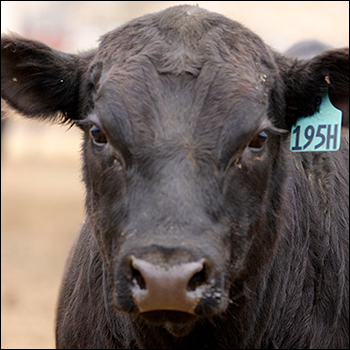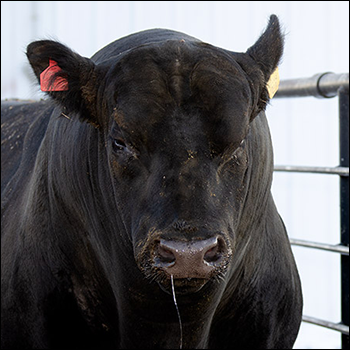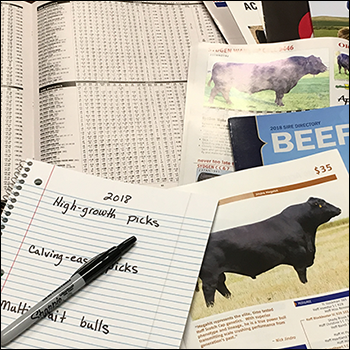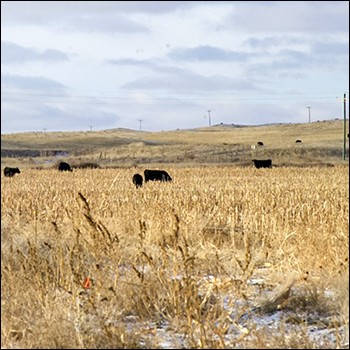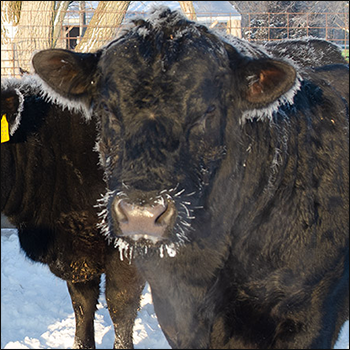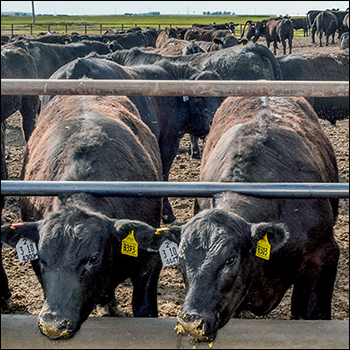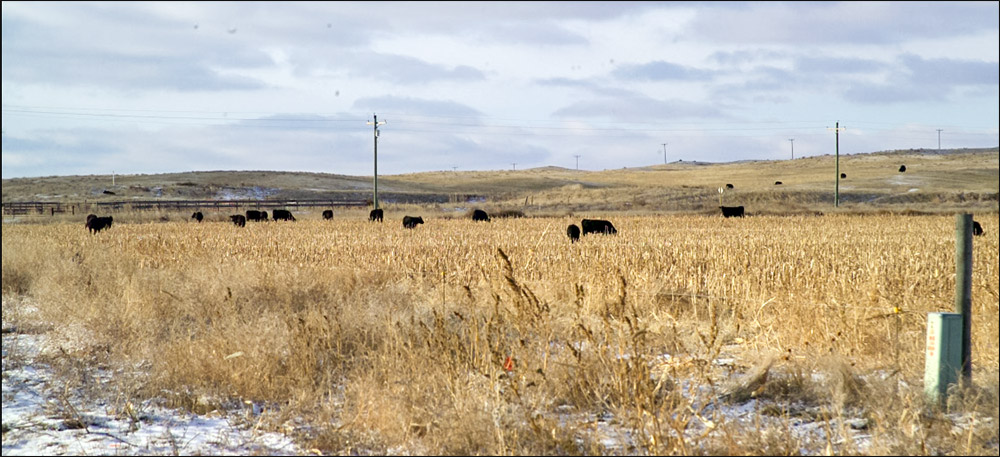
Selection for Improved Cow Efficiency
Keep mature weight in your selection criteria.
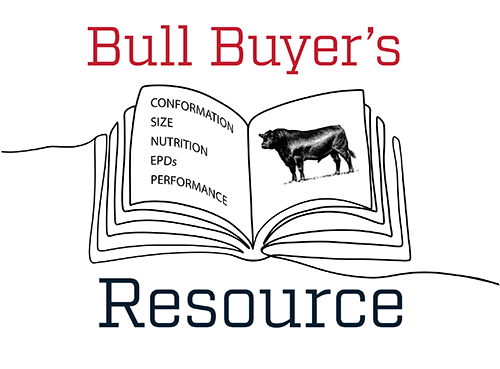
Reproductive performance in the cow herd is low in heritability. This means it is largely influenced by environment, particularly nutrition. Mature weight (MW) is moderate in heritability (35%), meaning response to selection pressure to downsize cows can be accomplished more effectively. Most beef cattle registries calculate MW expected progeny differences (EPDs).
Among the benefits of modern genetic prediction in beef cattle is being able to compare the genetic values of our herd bulls or artificial insemination (AI) sires across time and geography. If we weighed cows this fall and realized our mature cow weights were getting out of hand, we should look at the MW EPDs of the bull(s) that sired them. The registration paper on our herd bulls permits us to look at EPDs of our current (or past) bull battery to guide change in the future.
Excessive MW is typically the result of selection pressure being applied to increase weaning and yearling weights while ignoring the MW EPD value. Because of the positive genetic correlation between weights at all ages, it is an unintended, but natural consequence that MW will increase over time when no selection pressure is applied. If we want less MW in our cow herd, this can be done by selecting bulls with lower MW EPDs in the future.
A review of genetic trends in beef breeds is informative. During the past 30 years, we see birth weight (BW) EPDs have stayed constant (or some breeds actually went down), while weaning weight (WW) and yearling weight (YW) went up. The point is that in spite of those genetic correlations mentioned above, we have improved calving ease, while raising WW and YW over time. The same can be accomplished by including MW among the traits we select for in our breeding program. The bottom line is we don’t need to sacrifice WW or YW in order to keep MW in check. It is possible to identify sires that can improve the traits we want to improve, while decreasing MW.
The consequence is less mature size results in lower nutritional requirements of our cow herd. As this happens we see improved cow herd performance. The same amount of forage for the same number of cows with less mature weight will result in improved pregnancy percentages, percent calf crop weaned and pounds weaned per exposed female.
Editor’s note: Mark Johnson is a beef cattle breeding specialist with Oklahoma State University Extension. This article is reprinted with permission from the Cow-Calf Corner newsletter. Photo by Kasey Brown.

Angus Proud
In this Angus Proud series, Editorial Intern Jessica Wesson provides insights into how producers across the country use Angus genetics in their respective environments.
 Angus Proud: Bubba Crosby
Angus Proud: Bubba Crosby
Fall-calving Georgia herd uses quality and co-ops to market calves.
 Angus Proud: Jim Moore
Angus Proud: Jim Moore
Arkansas operation retains ownership through feeding and values carcass data.
 Angus Proud: Les Shaw
Angus Proud: Les Shaw
South Dakota operation manages winter with preparation and bull selection.
 Angus Proud: Jeremy Stevens
Angus Proud: Jeremy Stevens
Nebraska operation is self-sufficient for feedstuffs despite sandy soil.

